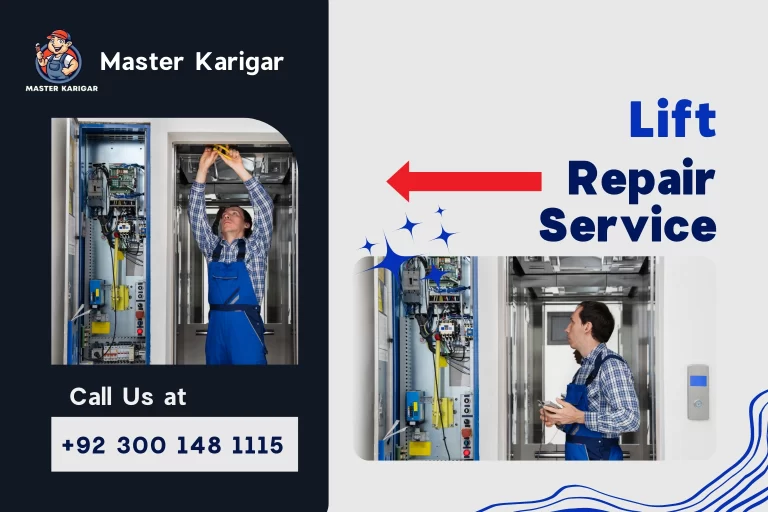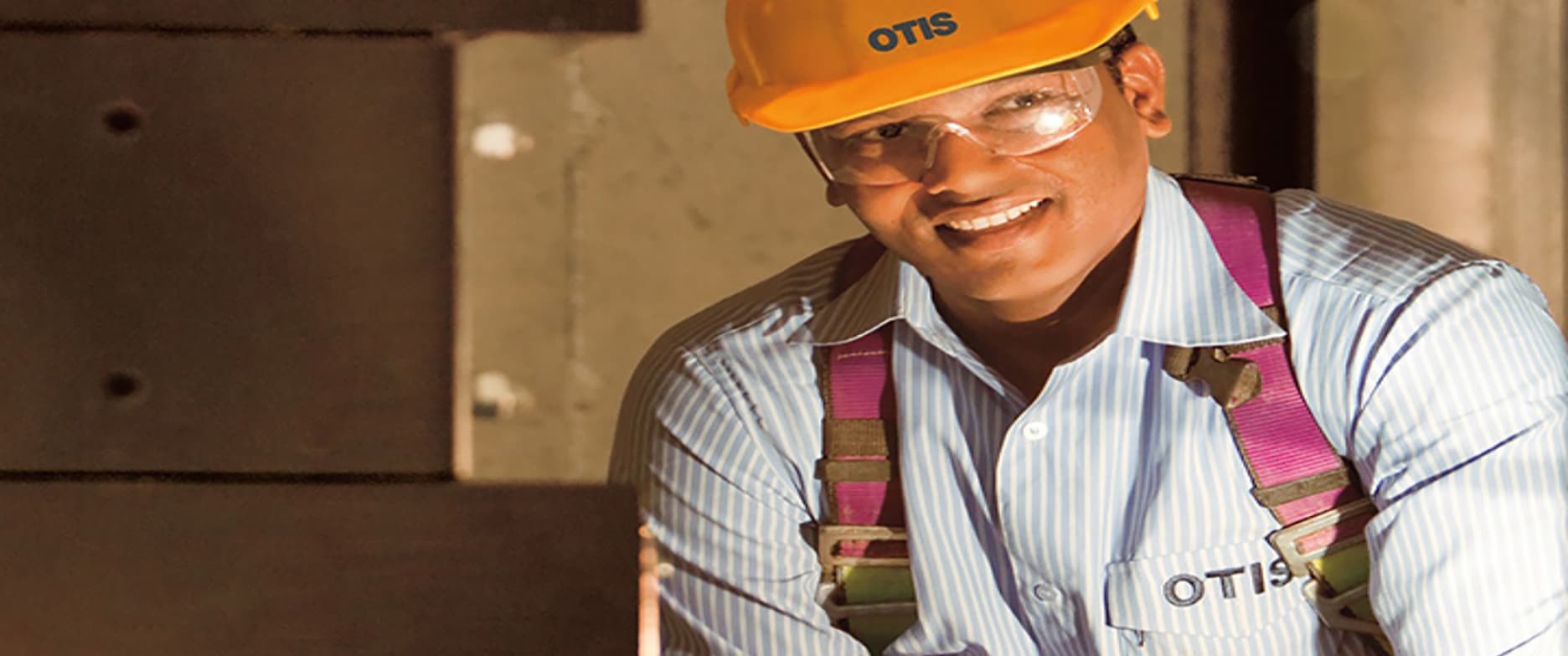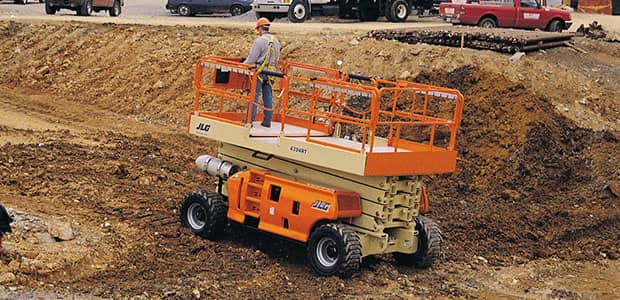Leading Lift Repair Companies Near Me for Reputable Maintenance Services
Leading Lift Repair Companies Near Me for Reputable Maintenance Services
Blog Article
Comprehensive Overview to Lift Equipments and Their Upkeep
Navigating the complex world of elevator systems and their upkeep is a job that requires precision and expertise. From the different kinds of lift systems being used to the careful adherence to safety and security guidelines, the upkeep of these upright transportation devices is a multifaceted venture. As structures skyrocket higher and modern technology advances, the requirement for a thorough understanding of elevator systems ends up being significantly essential. Join us as we decipher the intricacies of lift maintenance, checking out typical problems, finest practices, and cutting-edge modern technologies that form the contemporary landscape of vertical transportation.
Sorts Of Lift Systems
The most common types consist of hydraulic lifts, grip elevators, machine-room-less lifts, and vacuum cleaner lifts. Hydraulic elevators are suitable for low-rise structures and make use of a hydraulic piston to move the elevator vehicle. Machine-room-less elevators are a space-saving option as they do not require a separate equipment room for the elevator machinery.
Each kind of lift system has its very own benefits and negative aspects, making it crucial for building owners and programmers to carefully consider their certain requirements before choosing the most suitable choice. Aspects such as building height, space accessibility, power performance, and budget restrictions all play a substantial role in identifying the very best lift system for a specific structure.
Typical Upkeep Issues
Regular maintenance of lift systems is vital to make sure smooth operation and lengthen their life-span. Despite routine maintenance, elevator systems can still come across typical maintenance problems that need to be without delay dealt with to stop interruptions in solution. Normal evaluations and positive upkeep can aid recognize and fix these common upkeep problems before they rise and impact the general efficiency of the elevator system.
Security Regulations and Conformity
Abiding by rigid safety laws and making sure conformity with market criteria are extremely important for maintaining the functional stability of lift systems. Elevators are subject to an extensive set of safety and security guidelines to secure travelers, maintenance personnel, and the basic public. Regulatory bodies such as the Occupational Safety and Health And Wellness Administration (OSHA) in the USA and the European Lift Organization (ELA) in Europe develop standards that cover numerous facets of lift design, maintenance, installation, and procedure.
Conformity with these regulations is not just a lawful requirement however also an ethical responsibility for building proprietors and elevator maintenance business. Routine assessments, maintenance checks, and adherence to safety and security procedures laid out in the guidelines are necessary to ensure the risk-free and reliable operation of elevator systems.
Finest Practices for Upkeep

One more crucial best technique is to immediately resolve any type of unusual noises or reported concerns to avoid more damage. Executing a proactive approach to maintenance can conserve money and time in the lengthy run by preventing expensive repair services or substitutes. Building owners should additionally consider investing in modernization upgrades to enhance the efficiency and safety and security of their elevator systems. By adhering to these best methods, lift systems can operate smoothly and securely, giving trustworthy this post upright transport for residents.

Advanced Technologies for Effectiveness
Implementing cutting-edge modern technologies in elevator systems can considerably improve operational efficiency and traveler experience. These systems enable passengers to input their preferred flooring prior to getting in the lift, which after that guides them to the most effective car.
Additionally, the combination of clever sensors and anticipating maintenance capabilities has actually reinvented elevator upkeep. These sensing units can spot potential issues before they rise, enabling proactive upkeep treatments and lessening downtime. Furthermore, using energy-efficient elements and regenerative drives navigate here aids lower power consumption and operating expense in elevator systems.
Additionally, the application of cloud-based monitoring and remote diagnostics enables real-time tracking of elevator efficiency and instant troubleshooting of any kind of malfunctions. This positive method not only boosts system dependability yet also improves the general user experience by ensuring uninterrupted and smooth lift procedures.
Verdict
In conclusion, comprehending the different sorts of lift systems, usual upkeep issues, safety and security guidelines, best maintenance practices, and advanced innovations for efficiency is important for guaranteeing the smooth operation of elevators. By sticking to safety regulations and carrying out ideal techniques for upkeep, building proprietors can lengthen the life-span of their lift systems and make sure the safety and security of guests. It is essential to stay upgraded on the current advancements in elevator modern technology to improve performance and dependability.
The most usual types include hydraulic lifts, grip lifts, machine-room-less lifts, and vacuum cleaner lifts. Hydraulic elevators are suitable for low-rise buildings and use a hydraulic piston to relocate the elevator car. Machine-room-less elevators are a space-saving alternative as they do not call for a different machine area for the elevator equipment. Routine examinations and aggressive maintenance can help determine and fix these usual upkeep problems before they escalate and influence the overall efficiency of the lift system.

Report this page